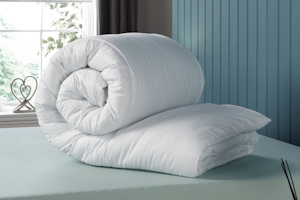30 Jun 2025
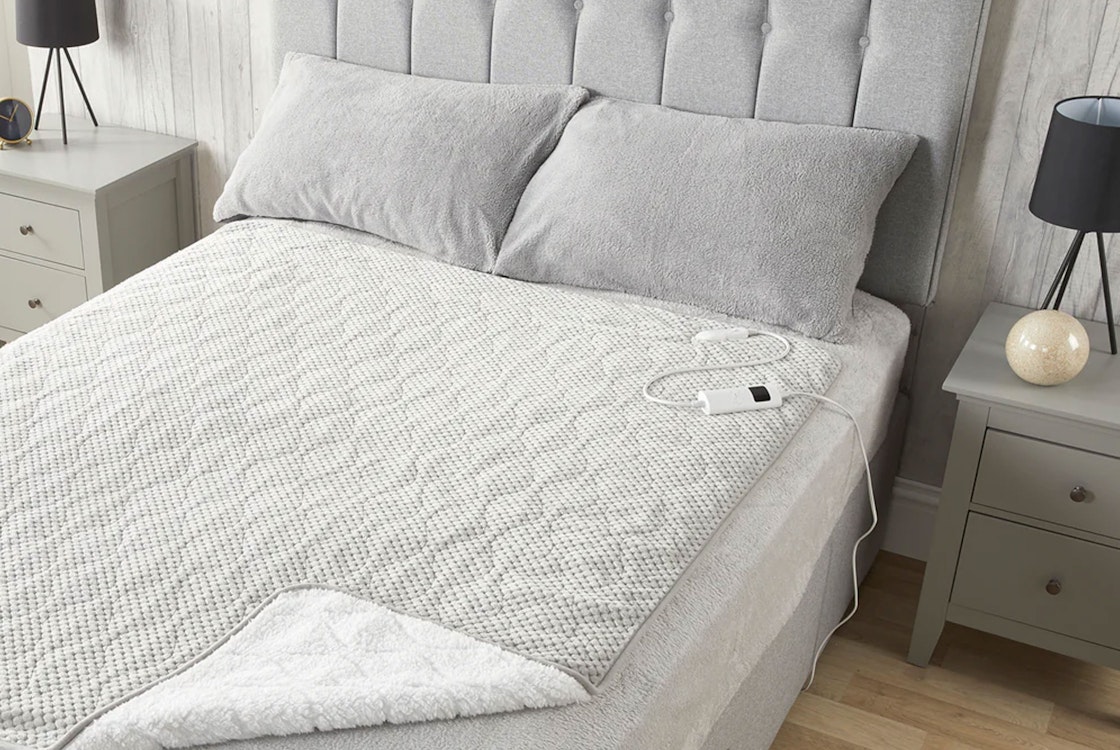
How Much Does an Electric Blanket Cost to Run?
10 Nov 2023
As the colder months approach, you might be considering investing in an electric blanket to keep you warm and cosy during those chilly nights. One common concern when purchasing such an appliance is the cost of running it.
The cost of running an electric blanket will depend on a few factors, including its wattage, the price of electricity in your area, and your usage pattern. By examining these elements, you can make an informed decision about whether an electric blanket suits your needs and budget.
If we use our Huggleland Electric Blankets range as an example test set, we can estimate the average cost of running an electric blanket is from only 3p per hour.
This calculation is based on the average unit rate(34p/kWh) for a dual fuel customer on standard variable tariffs paid by DD and as published by UK govt under the energy price guarantee for the period Jan to Mar 2023.
The calculations are taken as an average across our line of electric blankets.
Buying an Electric Blanket
When choosing an electric blanket, consider factors such as its size, material, temperature settings, and safety features. Many electric blankets now come with automatic shut-off timers, overheat protection, and detachable cords for easy washing. Look for reputable brands and certifications to ensure you are investing in a high-quality, safe product.
In terms of running costs, electric blankets consume electricity to generate heat, but they are generally energy-efficient. Depending on factors such as the power rating, usage, and energy provider, the cost of running an electric blanket can vary. As a guideline, using an electric blanket for a couple of hours each night can have a minimal impact on your electricity bill. To further save on energy consumption, consider using a low heat setting or turning it off once your bed is sufficiently warm.
Factors Affecting the Running Cost
Size of the Electric Blanket
The size of your electric blanket plays a significant role in determining the running cost. Larger blankets consume more electricity as they have a larger surface area to heat. Smaller blankets will use less energy as they cover a smaller area. It's essential to choose an electric blanket that fits your bed size and meets your needs.
Usage
Your usage habits will affect the running costs of your electric blanket. If you use the blanket frequently, for long hours, or leave it switched on overnight, the running cost will be higher. We don’t recommend leaving your electric blanket switched on overnight. Conversely, if you use it sparingly and only for shorter periods, the cost will be lower. Using a timer or a blanket with an auto-off feature can help manage energy consumption and reduce running costs.
Electricity Rate
The cost of electricity varies depending on your location, the time of day it is being used, and the type of tariff you are on. To calculate the running cost of your electric blanket, you need to know the rate charged by your electricity provider (measured in pence per kilowatt-hour or p/kWh). The higher the rate, the more it will cost you to run your electric blanket.
Temperature Settings
Different temperature settings on your electric blanket will consume varying amounts of energy. Higher settings will use more electricity as more heat is needed, resulting in a higher running cost. Lower settings will be more energy-efficient, as they require less energy to maintain the desired temperature. You can reduce running costs by choosing an appropriate temperature setting based on your level of comfort and the ambient temperature.
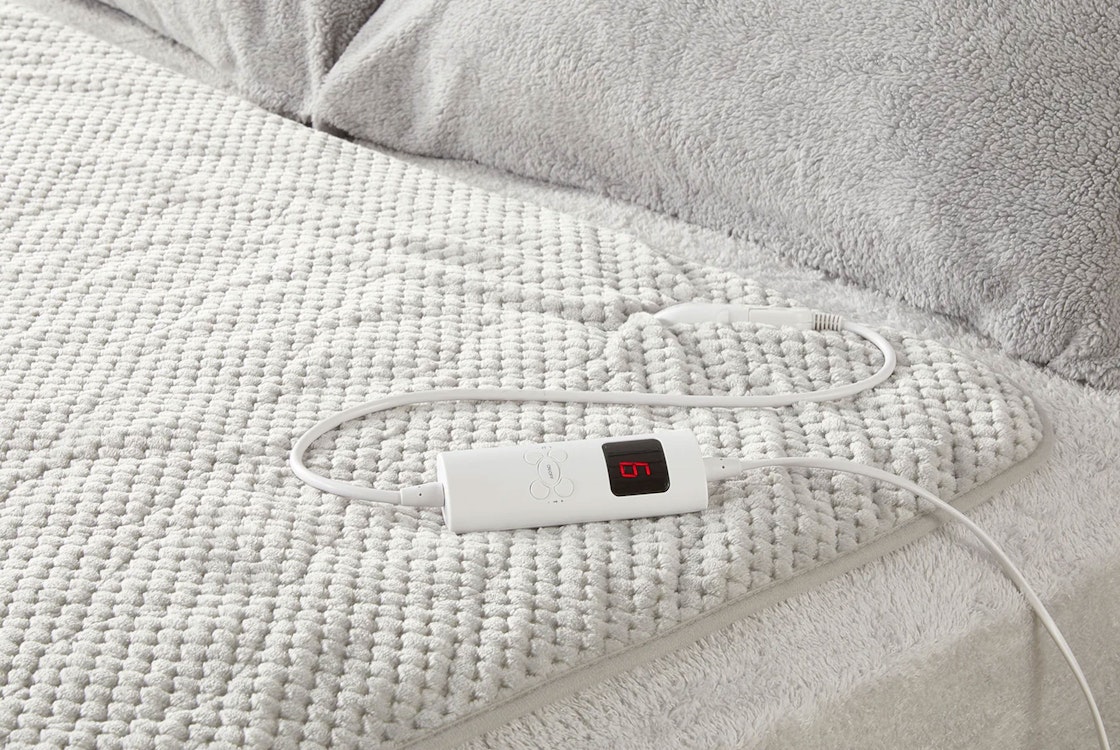
Electric Blanket Energy Consumption
When assessing the energy consumption of an electric blanket, you need to consider its power rating. Electric blankets typically have a power rating of 60 to 200 watts. The higher the power rating, the more electricity it consumes per hour. The power consumption can also vary depending on the temperature settings you choose.
To calculate the energy consumption of your electric blanket, use this simple formula:
Energy consumption (kWh) = Power rating (kW) x Hours used
Keep in mind that most people use their electric blankets for around 8 hours per night. It's also important to consider the cost of electricity in your area, as this will impact the overall cost of running your electric blanket. You can find your local electricity cost per kilowatt-hour (kWh) on your energy bill or by contacting your energy provider.
As an example, let's assume you have an electric blanket with a power rating of 100 watts, and you use it for 8 hours per night. Your nightly energy consumption would be:
0.1 kW x 8 hours = 0.8 kWh
Now, let's assume the cost of electricity in your area is £0.34 per kWh. Your nightly cost for running the electric blanket would be:
0.8 kWh x £0.34 = £0.27
This means that using your electric blanket for 8 hours would cost approximately 27 pence.
However, we do not advise having the blanket on whilst you are asleep, our electric blankets have a safety cut out which cuts in after 3 hours.
Our sleep experts recommend that our customers put their blankets on in advance of getting into bed and then switch them off before they go to sleep.
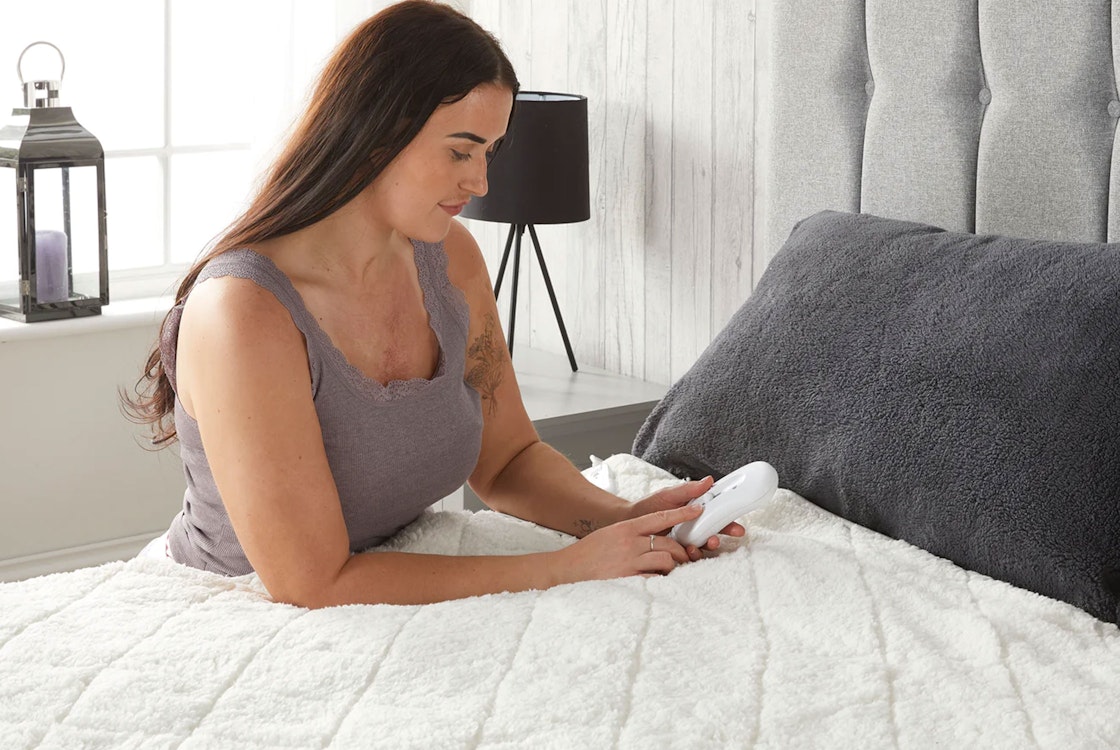
Remember that electric blankets are designed to be energy-efficient, using low levels of electricity compared to other heating devices, such as space heaters or central heating. In general, using an electric blanket can be cost-effective and environmentally friendly, so long as you use it responsibly and follow the manufacturer's safety guidelines.
Cost Comparison: Electric Blanket vs Central Heating
Electric Blanket Cost Efficiency
An electric blanket is an excellent option to keep you warm during cold chilly nights. It's not only comfortable but also affordable.
Let's break down the cost of running an electric blanket using our example product which is the Huggleland Soft Fleece Electric Underblanket double size which is 70 Watt:
- Energy consumption: Electric blankets consume minimal energy. To determine the cost, multiply the wattage by the number of hours used and the cost per kilowatt-hour (kWh) in your region.
- Example: Assuming a 70-watt blanket like the product above, 8 hours of use, and £0.34 per kWh, the daily cost would be: (70 watts × 8 hours) / 1000 × £0.34 = £0.19
As you can see, electric blankets use relatively little energy, making them a cost-effective solution for staying warm.
For this blanket, the long-term costs of running would look as follows:
Daily: £0.19
Monthly: £5.70
Yearly: £68.40
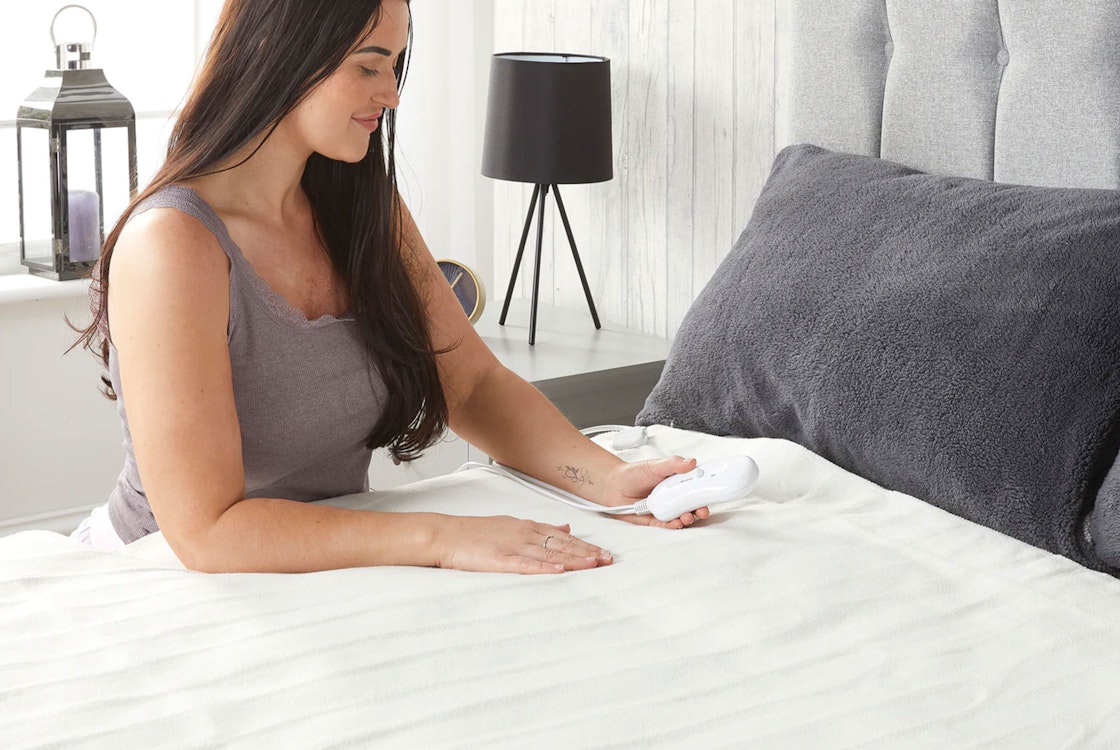
Central Heating Cost Efficiency
Central heating systems are commonly used to heat the entire house, but they can be expensive to run. Let's take a look at the cost of running central heating:
- Energy consumption: The energy consumption of central heating systems depends on the size of your home, the fuel type, and the efficiency of the system. Gas central heating systems are typically more efficient than electric ones.
- Example: A 3-bedroom house with a gas central heating system might consume around 10,000 kWh per year. If the cost per kWh is £0.34, the annual cost would be: 10,000 kWh × £0.34 = £3,400
Comparing the costs, it is evident that electric blankets can be a more efficient and economical option for keeping yourself warm at night, especially in smaller spaces or when only one person requires the heating.
However, if you need to heat your entire home, central heating systems can distribute the warmth evenly, making them more suitable for larger households or colder climates.
Tips to Reduce The Running Cost of an Electric Blanket
Efficient Use
To lower the cost of operating your electric blanket, consider setting a timer to automatically turn it off after a certain period. This way, you will avoid consuming energy while you sleep. When you're not using the blanket, unplug it as standby power consumption can add to your energy expenses.
Additionally, preheating your bed for 30 minutes to an hour before going to sleep is an effective way to maximise the blanket's efficiency. Once your bed is warm, you may even find that turning the heat setting down or switching it off entirely is comfortable enough.
Maintaining & Cleaning
Proper maintenance and cleaning can also help reduce the running cost of your electric blanket. Make sure to follow the manufacturer's guidelines for cleaning, as this will ensure the blanket remains in good working condition for longer.
Regularly inspect the wiring and heating elements for signs of wear or damage, as this could lead to a drop in energy efficiency. Replacing any faulty parts as soon as you notice a problem will also help keep your energy costs down.
Lastly, when not in use, store your electric blanket properly by folding it along its natural lines and placing it in a cool, dry area. This will reduce the risk of damage and maintain the blanket's efficiency and longevity.


